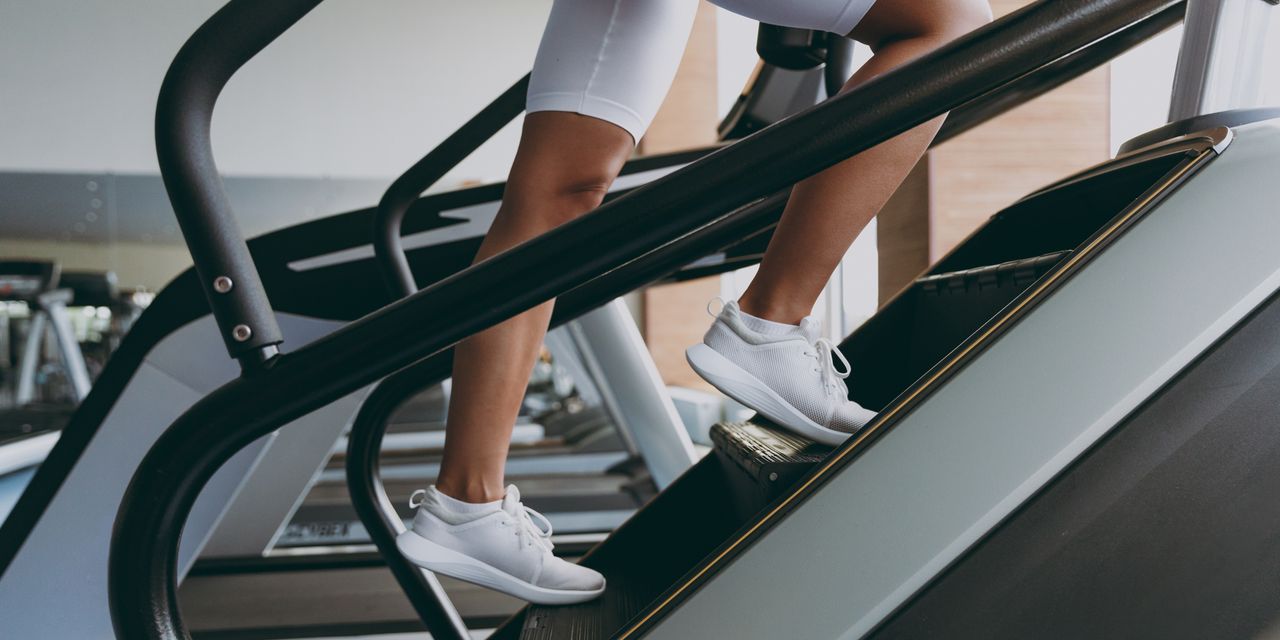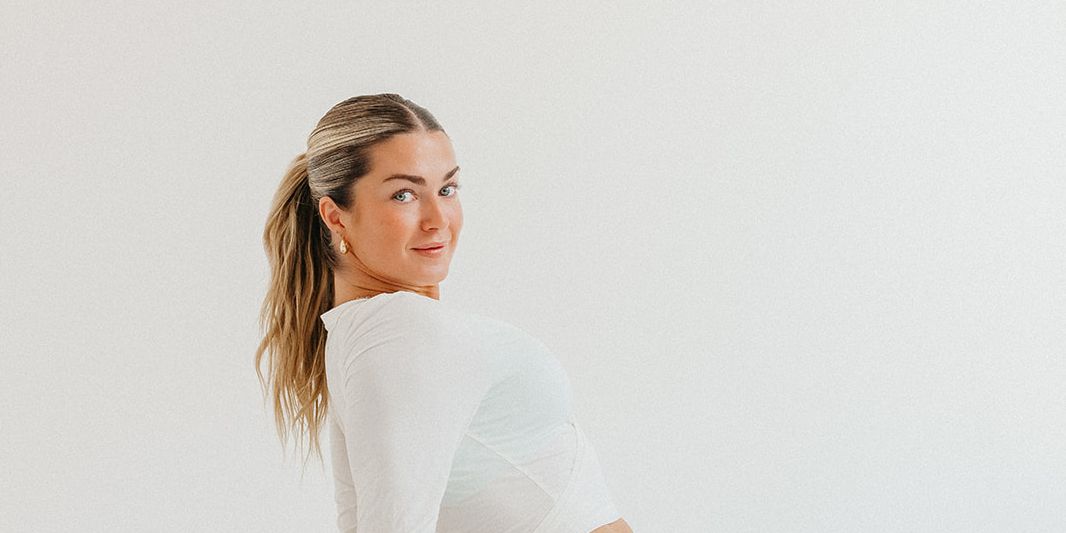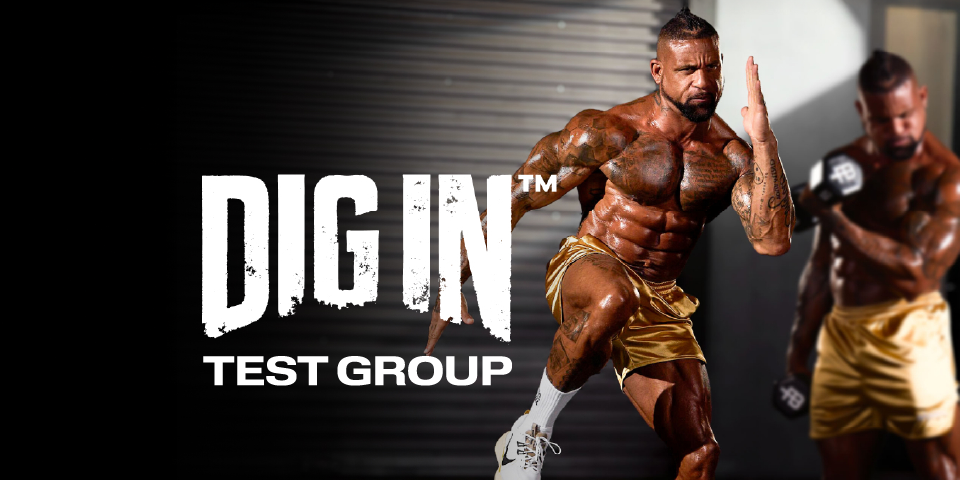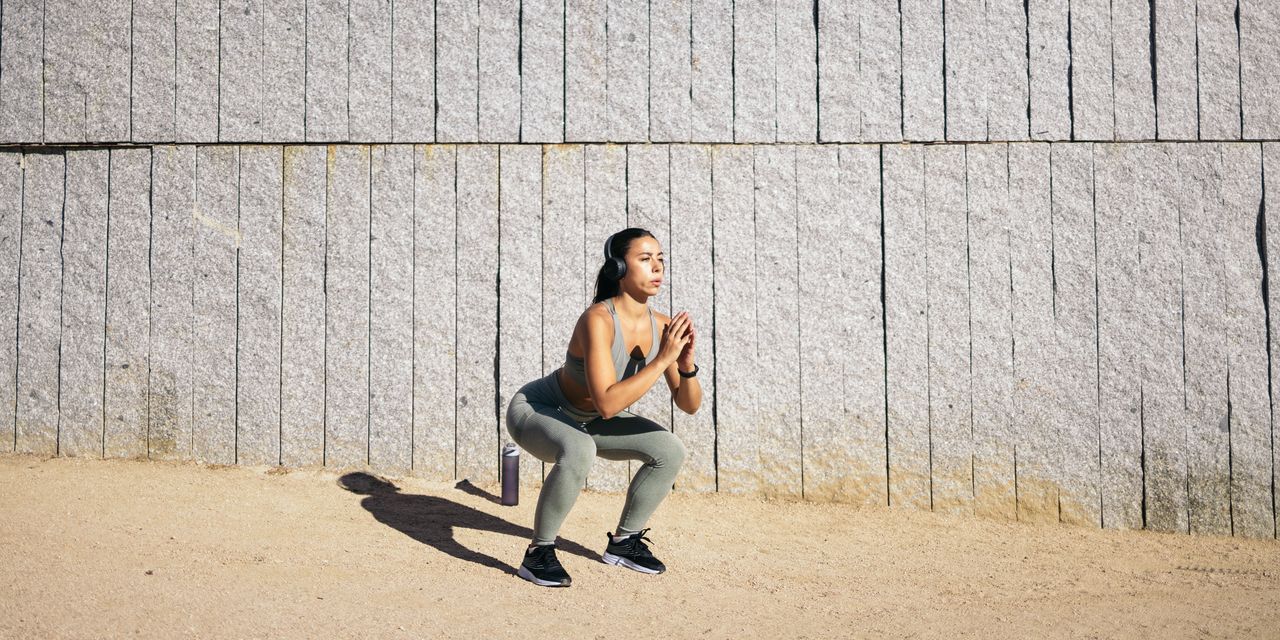The Very Best Way to Ease Muscle Soreness, According to a WNBA Trainer

Muscle soreness doesn’t just impact the gym-goer who did one too many deadlifts or the runner training for their first marathon. Pro athletes also deal with it—pretty regularly in fact. And the same tool that can help their muscles feel better can also come in clutch for you, too.
Take WNBA players: Lots of game-minutes means lots of time on their feet jam-packed with high-intensity movements—think: tons of running and jumping, quickly changing directions, and coming into contact with other players, which can do a number on their bodies, particularly their knees, quads, hamstrings, and hips, as Katie Buria, ATC, CSCS, the head athletic trainer and rehab lead for the Atlanta Dream, tells SELF. Soreness can also affect players who are actively trying to build muscle (and thus go really hard in the weight room), as well as those who have a history of injury that causes them to compensate in their movement patterns and overload certain areas to the point of soreness.
“It is quite frequently that we’re dealing with it,” Buria says.
The type of soreness we’re talking about is officially called delayed onset muscle soreness, a.k.a. DOMS, which typically creeps in about 12 to 24 hours after a workout. Exercise creates microscopic tears in your muscle tissues, which then triggers an inflammatory process in your body that results in that sore sensation, as SELF previously reported. Doing certain types of exercise—including explosive jumping moves like plyometrics, high-intensity resistance training, and new-to-you forms of movement—are more likely to result in DOMS.
If you’ve ever had it, you probably know the feeling well: Tight, stiff, and achy muscles, which can affect a more diffuse area, rather than laser-focused on one specific spot. (Injury, on the other hand, tends to show up with different signs, like: sharp, stabbing pain in a small area; numbness or tingling; or pain that gets worse with movement.)
And while soreness is part of a pro athlete’s job to a degree—it’d be tricky never to experience it when you push your body hard—finding ways to ease it is crucial. After all, being sore all the time can make it tough to feel and perform your best.
Buria caveats that there are 11 athletes on the Dream, and the strategy for addressing soreness varies person-to-person, since they all respond a little differently to different techniques and have personal preferences, too. But in general, the biggest thing they do to calm their barking bodies is…drumroll…active recovery. More often than not, active recovery days are what they slot in between games and intense practices.
Active recovery is movement that’s less intense than your usual workouts. It can encompass a whole bunch of different activities, from steady-state cycling to yoga to light resistance training. But for the Dream, it’s often centered on gentle pool sessions and Pilates, a form of low-impact exercise that’s all about body alignment, breathwork, and core activation.
Pilates, Buria explains, “has been huge for us.” The exercises are performed in a slow, controlled manner, which is a contrast to all the quick, explosive jumping and bounding the players do on the court. “It’s just a way for their bodies to train differently than what they’re used to,” Buria says, and provides “a reset” for the players.
The team works with a Pilates instructor who provides video workouts for the Dream to follow, including ones focused on stretching and others centered on core and glute activation. These sessions, Buria says, provide the added benefit of helping the players mentally chill out.
There are also what Buria calls “feel good sessions,” where the athletes use foam rollers, lacrosse balls, bands, and assisted stretching to gently move their bodies and relax tight areas.
Active recovery, Buria says, is something that the Dream players have “bought into.” They’ve noticed that when they do it, they tend to feel better than if they were to sit around and do nothing. “They like to do it, and the movement actually helps push out some of that soreness,” she says.
There’s a reason for this: Active recovery increases blood flow to your muscles and tissues, which shuttles nutrients (like amino acids and oxygen) to your muscles so they can repair themselves, as well as flushes out residue from the inflammation, as SELF reported previously.
“We like to think of it as movement is medicine,” Buria says.
Quick caveat: To be clear, while there is a place for active recovery, there’s also a very important one for absolute rest. There are times when pure rest is “definitely necessary,” Buria says. In fact, the Dream have dedicated “blackout” days where the athletes aren’t allowed in the training facility “because we don’t want them to think about the Dream,” Buria says. Instead, they are encouraged to take these days off to simply do nothing, she explains.
And beyond that, sleep, nutrition, and hydration are also big priorities. That’s because if those three factors are neglected, “then nothing else really matters,” Buria explains. Indeed, what you eat and drink can play a role in how sore you get, since your muscles need quality nutrition and hydration in order to effectively rebuild and repair following a tough workout. Sleep is paramount too: A 2023 study published in the journal Sleep Medicine concluded that not getting enough of it can increase the pain of DOMS.
All in all, a number of things affect how sore you feel and how long that discomfort lasts, including what type of workout you did; how well you’re sleeping, eating, and hydrating; and your individual biology. But in general, carving out time for gentle movement is one of the best ways you can help your aching muscles recover. And that holds true whether your goal is to net the playoff-winning layup…or simply make it through another Wednesday night spin class.
Related:
- 25 Signs of a Successful Workout That Have Nothing to Do With Sweat or Soreness
- Does Stretching Sore Muscles Actually Help the Pain Go Away?
- How to Start Exercising Again When It’s Been a While
Get more of SELF’s great fitness coverage delivered right to your inbox—for free.




